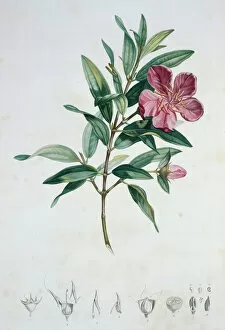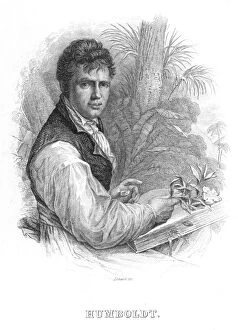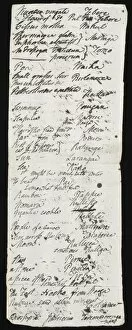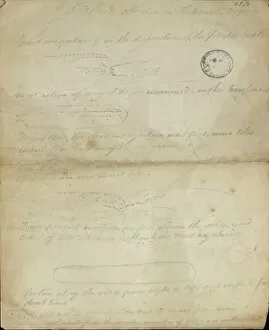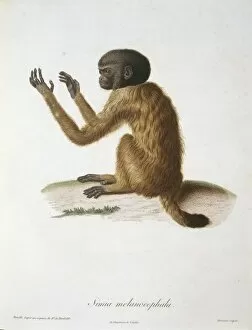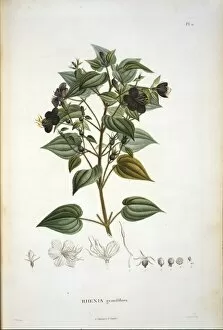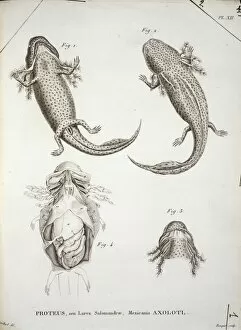1773 1858 Collection
"Exploring the Botanical World: A Glimpse into the Life of Robert Brown (1773-1858)" Step into the fascinating world of botany with Robert Brown (1773-1858
For sale as Licensed Images
Choose your image, Select your licence and Download the media
"Exploring the Botanical World: A Glimpse into the Life of Robert Brown (1773-1858)" Step into the fascinating world of botany with Robert Brown (1773-1858), a renowned Scottish botanist whose contributions shaped our understanding of plant life. Known for his meticulous observations and groundbreaking discoveries, Brown's legacy continues to inspire scientists today. One of his notable findings was Rhexia speciosa, a stunning flowering plant that caught his attention during an expedition. Through detailed sketches and descriptions in his diary, he documented its unique features and added to our knowledge of botanical diversity. Brown's passion for exploration extended beyond plants. Collaborating with fellow naturalist Alexander von Humboldt (1769-1859), they embarked on expeditions across continents, unraveling nature's secrets along the way. Their joint efforts resulted in invaluable illustrations depicting various species, including beetles and even Simia melanocephala - a captivating primate. In addition to documenting new species, Brown also shed light on existing ones like Rhexia grandiflora and Proteus through intricate illustrations that captured their essence. His dedication to accuracy can be seen in every stroke of his pen or brush. Amongst Brown's many achievements is Cephalotus follicularis Labill - commonly known as the pitcher plant - which he meticulously studied and illustrated. His manuscript pages reveal not only scientific insights but also glimpses into the mind of a curious explorer who sought answers within nature's wonders. As we delve deeper into history, it becomes evident that Robert Brown left an indelible mark on botanical science. His unwavering commitment to observation and documentation paved the way for future generations to explore uncharted territories in search of knowledge about our natural world.

